Home>Gardening & Outdoor>Landscaping Ideas>When To Cut Your Grass
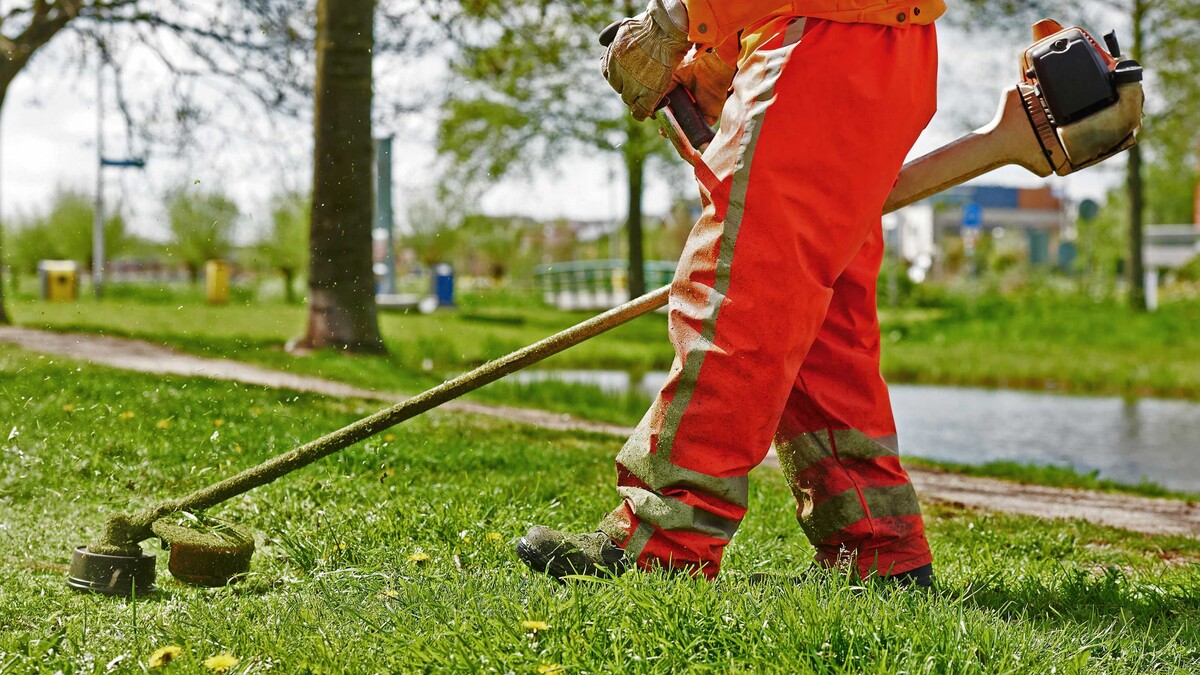

Landscaping Ideas
When To Cut Your Grass
Published: January 28, 2024
Learn the best landscaping ideas and tips for when to cut your grass to maintain a healthy and beautiful lawn. Discover the ideal timing and techniques for a well-groomed yard.
(Many of the links in this article redirect to a specific reviewed product. Your purchase of these products through affiliate links helps to generate commission for Storables.com, at no extra cost. Learn more)
Best Time to Cut Your Grass
The best time to cut your grass depends on various factors such as the type of grass, weather conditions, and the season. However, a general rule of thumb is to mow your lawn when the grass is dry. This is usually in the late morning or early evening when the dew has evaporated, but before the midday heat sets in. Mowing wet grass can lead to an uneven cut and can also create clumps that can smother the lawn and promote the growth of fungi and diseases.
During the growing season, which typically spans from spring to fall, it's best to mow your lawn regularly to maintain its health and appearance. For cool-season grasses such as Kentucky bluegrass and fescue, the ideal mowing height is around 2.5 to 3.5 inches. It's recommended to mow these types of grasses when they reach a height that is about one-third higher than their ideal mowing height. This usually translates to mowing every 5-7 days during peak growing periods.
On the other hand, warm-season grasses like Bermuda grass and Zoysia grass thrive in warmer temperatures and have different mowing requirements. These grasses should be mowed at a lower height, typically between 1 to 2 inches. It's advisable to mow warm-season grasses when they reach a height of 1.5 to 2 inches, which may require mowing every 5-7 days during the peak growing season.
In addition to the type of grass and its growth patterns, it's important to consider the weather conditions when scheduling your lawn mowing. Avoid mowing during extremely hot or dry periods, as this can stress the grass and lead to browning. Similarly, it's best to refrain from mowing immediately after heavy rainfall, as the soil may be too soft, leading to soil compaction and an uneven cut.
By adhering to these guidelines and considering the specific needs of your grass, you can ensure that your lawn remains healthy, vibrant, and visually appealing throughout the growing season.
Key Takeaways:
- Keep your grass healthy by mowing when it’s dry, at the right height, and in the right weather. Regular maintenance ensures a vibrant and visually appealing lawn throughout the growing season.
- Pay attention to signs that your grass needs cutting, like excessive height, visible thatch, or uneven growth. Timely mowing maintains a lush and well-maintained lawn.
Read more: When To Stop Cutting Your Grass
Factors to Consider Before Cutting Your Grass
Before firing up the lawnmower, it's essential to take into account several factors that can significantly impact the outcome of your lawn maintenance efforts. Understanding these considerations will not only contribute to the overall health and appearance of your grass but also streamline the mowing process, making it more efficient and effective.
1. Grass Type:
Different grass species have distinct growth patterns and maintenance requirements. Understanding the specific type of grass in your lawn is crucial for determining the appropriate mowing height, frequency, and overall care. For instance, cool-season grasses such as Kentucky bluegrass and fescue thrive in cooler temperatures and typically require mowing at a higher height compared to warm-season grasses like Bermuda grass and Zoysia grass.
2. Mowing Height:
The ideal mowing height varies based on the type of grass and the season. Mowing at the correct height promotes healthy root development, helps the grass withstand stress, and reduces the likelihood of weed infestation. Cutting the grass too short can weaken it and make it more susceptible to damage from heat, drought, and pests.
3. Mowing Frequency:
Establishing a regular mowing schedule is essential for maintaining a well-groomed lawn. The frequency of mowing depends on the growth rate of the grass, which is influenced by factors such as weather, soil conditions, and fertilization. Overgrown grass can lead to thatch buildup and hinder air circulation, while cutting it too frequently can stress the grass and impede its growth.
Read more: When To Start Cutting Your Grass
4. Weather Conditions:
The weather plays a significant role in determining the optimal time for mowing. It's advisable to avoid mowing during extreme heat or drought, as this can cause stress to the grass. Similarly, mowing wet grass can result in an uneven cut and lead to the formation of clumps, which can smother the lawn and create an environment conducive to diseases.
5. Equipment Maintenance:
Before embarking on the mowing task, it's important to ensure that the lawnmower is in good working condition. This includes sharpening the mower blades, checking the oil and fuel levels, and inspecting the overall functionality of the equipment. Properly maintained mowing equipment contributes to a cleaner cut, reduces stress on the grass, and enhances the overall appearance of the lawn.
By considering these factors before cutting your grass, you can optimize the mowing process and contribute to the long-term health and beauty of your lawn. Understanding the specific needs of your grass and tailoring your mowing practices accordingly will result in a lush, vibrant lawn that enhances the overall appeal of your outdoor space.
Signs That Your Grass Needs to be Cut
Recognizing the signs that indicate your grass is due for a trim is essential for maintaining a healthy and visually appealing lawn. By staying attuned to these indicators, you can ensure that your grass remains in optimal condition while enhancing the overall aesthetics of your outdoor space.
-
Height Exceeding Recommended Length: One of the most evident signs that your grass needs to be cut is when it surpasses the recommended mowing height for its specific species. Overgrown grass not only appears unkempt but also hinders proper air circulation and sunlight exposure, which are crucial for healthy growth.
-
Visible Thatch Buildup: Thatch, a layer of dead grass and organic matter that accumulates between the soil and the green vegetation, can impede the absorption of water, nutrients, and air by the grassroots. When the thatch layer becomes noticeable, it's an indication that the grass should be mowed to prevent further buildup and promote a healthier lawn.
-
Grass Begins to Lean Over: As the grass grows taller, it may start to lean over due to its weight, resulting in an uneven and disorderly appearance. This is a clear sign that it's time to mow the lawn to restore its upright and uniform look.
-
Footprints Remain Visible: When footprints or tire tracks linger on the grass long after they were made, it's a sign that the grass is too long and requires cutting. This phenomenon occurs because the grass blades are not resilient enough to bounce back to their upright position, indicating the need for a trim.
-
Seeding or Flowering: If the grass begins to produce seed heads or flowers, it's a signal that it has entered its reproductive phase. While this is a natural process, allowing the grass to seed excessively can divert energy from root and foliage growth. Mowing the grass at this stage can help maintain its vitality and prevent the spread of unwanted seeds.
-
Uneven Growth Patterns: Areas of the lawn exhibiting uneven growth or taller patches compared to the rest of the grass indicate the need for mowing. Regular and consistent mowing helps promote uniform growth and a cohesive appearance across the entire lawn.
By being mindful of these signs and promptly addressing the need for mowing, you can uphold the health and visual appeal of your grass, contributing to a lush and well-maintained lawn. Regular observation and timely action based on these indicators will ensure that your lawn remains a vibrant and inviting feature of your outdoor landscape.
Tips for Cutting Your Grass
When it comes to maintaining a healthy and visually appealing lawn, the process of cutting your grass plays a pivotal role. Implementing the following tips can not only enhance the overall appearance of your lawn but also contribute to the long-term health and vitality of your grass.
Read more: When Is The Best Time To Cut Your Grass
1. Sharpen Mower Blades Regularly
Dull mower blades can tear the grass instead of providing a clean cut, leading to a frayed and uneven appearance. It's essential to sharpen the mower blades at least once a year to ensure a precise and clean cut, which promotes the overall health of the grass.
2. Follow the "One-Third" Rule
Adhering to the "one-third" rule is crucial for maintaining the health of your grass. This rule dictates that you should never remove more than one-third of the grass blade's height in a single mowing session. Cutting more than one-third of the grass can shock the plants, weaken the root system, and make the lawn more susceptible to stress and diseases.
3. Vary Mowing Patterns
Consistently mowing the lawn in the same pattern can lead to soil compaction and the formation of ruts. To prevent this, vary your mowing direction and pattern with each mowing session. Altering the mowing pattern helps promote upright grass growth and prevents the soil from becoming overly compacted.
4. Avoid Mowing in Extreme Heat
Mowing during the hottest part of the day can stress the grass and lead to browning. It's best to schedule your mowing sessions during the cooler parts of the day, such as the late morning or early evening, to minimize stress on the grass and achieve a more effective cut.
Read more: When To Cut The Grass
5. Leave Grass Clippings on the Lawn
Grass clippings act as a natural fertilizer, returning valuable nutrients to the soil as they decompose. This process enriches the soil and reduces the need for additional fertilization, contributing to the overall health and vigor of the grass.
6. Adjust Mowing Frequency Based on Growth Rate
During periods of rapid growth, such as in the spring, you may need to mow more frequently to maintain the ideal grass height. Conversely, in times of slower growth, such as during hot and dry spells, adjusting the mowing frequency can prevent stress on the grass and conserve moisture.
7. Trim Grass Edges and Borders
To achieve a polished and well-maintained look, don't forget to trim the grass edges and borders along walkways, driveways, and landscaping features. This finishing touch adds a crisp and tidy appearance to your lawn, enhancing its overall visual appeal.
By incorporating these tips into your lawn care routine, you can ensure that your grass remains healthy, vibrant, and impeccably groomed. Implementing these best practices will not only elevate the aesthetic appeal of your outdoor space but also contribute to the long-term resilience and vitality of your lawn.
Conclusion
Maintaining a well-groomed and healthy lawn involves more than just the act of mowing. It requires a comprehensive understanding of the specific needs of your grass, the impact of environmental factors, and the implementation of best practices to ensure optimal growth and visual appeal. By considering the type of grass, adhering to recommended mowing heights, and staying attuned to signs that indicate the need for cutting, you can effectively nurture a lush and vibrant lawn.
Furthermore, the process of cutting your grass should be approached with care and attention to detail. Regularly sharpening mower blades, following the "one-third" rule, and varying mowing patterns are essential practices that contribute to the overall health of the grass. Additionally, being mindful of weather conditions, leaving grass clippings on the lawn, and adjusting mowing frequency based on growth rate are crucial elements in the pursuit of a well-maintained lawn.
Ultimately, the goal of cutting your grass extends beyond mere aesthetics. It encompasses the creation of a thriving outdoor space that serves as a natural extension of your home. A meticulously maintained lawn not only enhances the visual appeal of your property but also provides a welcoming environment for relaxation, recreation, and social gatherings.
By integrating the insights and recommendations outlined in this article into your lawn care routine, you can cultivate a vibrant and resilient lawn that enriches your outdoor living experience. Embracing these practices fosters a deeper connection with nature and contributes to the creation of a harmonious and inviting outdoor sanctuary for you, your family, and your guests to enjoy.
In conclusion, the art of cutting your grass transcends the realm of routine maintenance; it embodies a commitment to nurturing and preserving the natural beauty of your outdoor space. With thoughtful consideration, informed practices, and a genuine passion for cultivating a thriving lawn, you can transform your yard into a captivating and rejuvenating haven that enriches your daily life.
Frequently Asked Questions about When To Cut Your Grass
Was this page helpful?
At Storables.com, we guarantee accurate and reliable information. Our content, validated by Expert Board Contributors, is crafted following stringent Editorial Policies. We're committed to providing you with well-researched, expert-backed insights for all your informational needs.
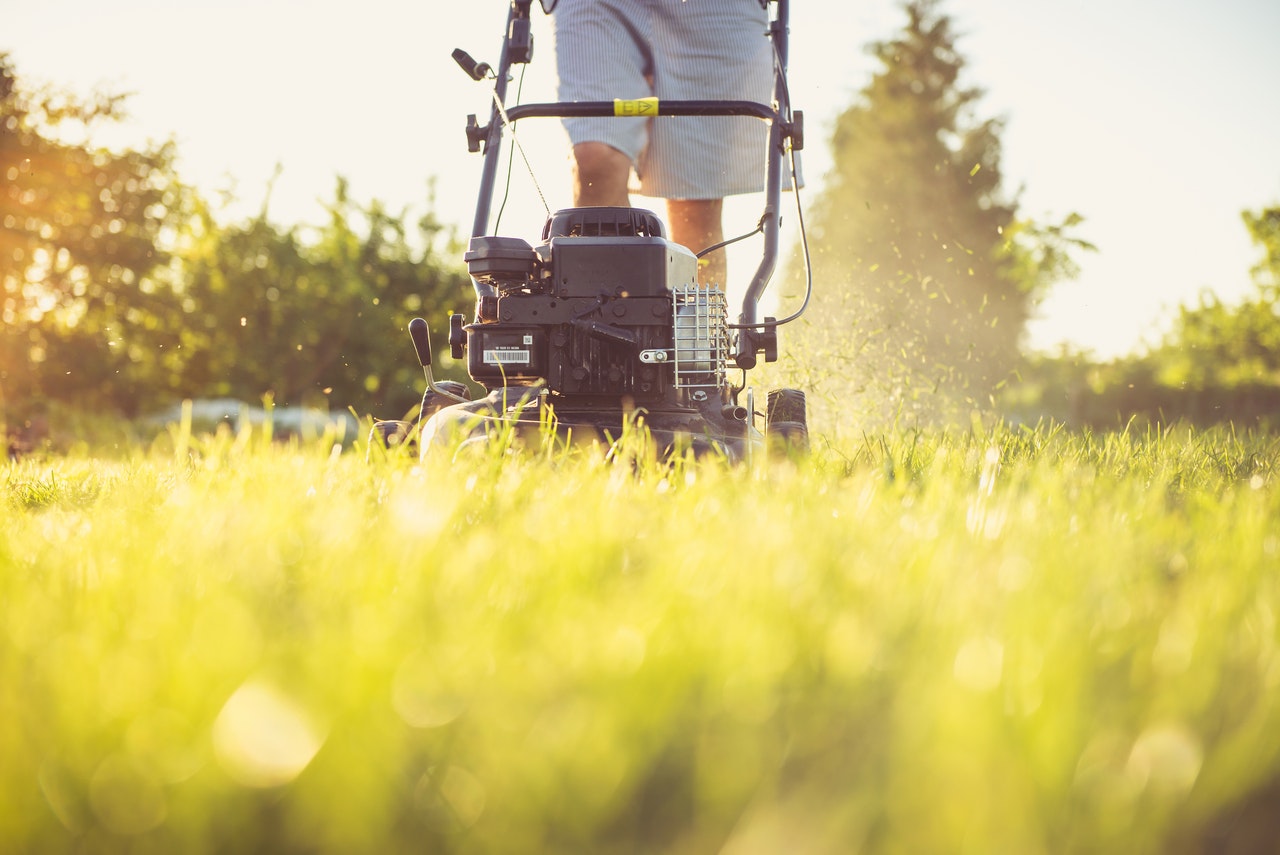
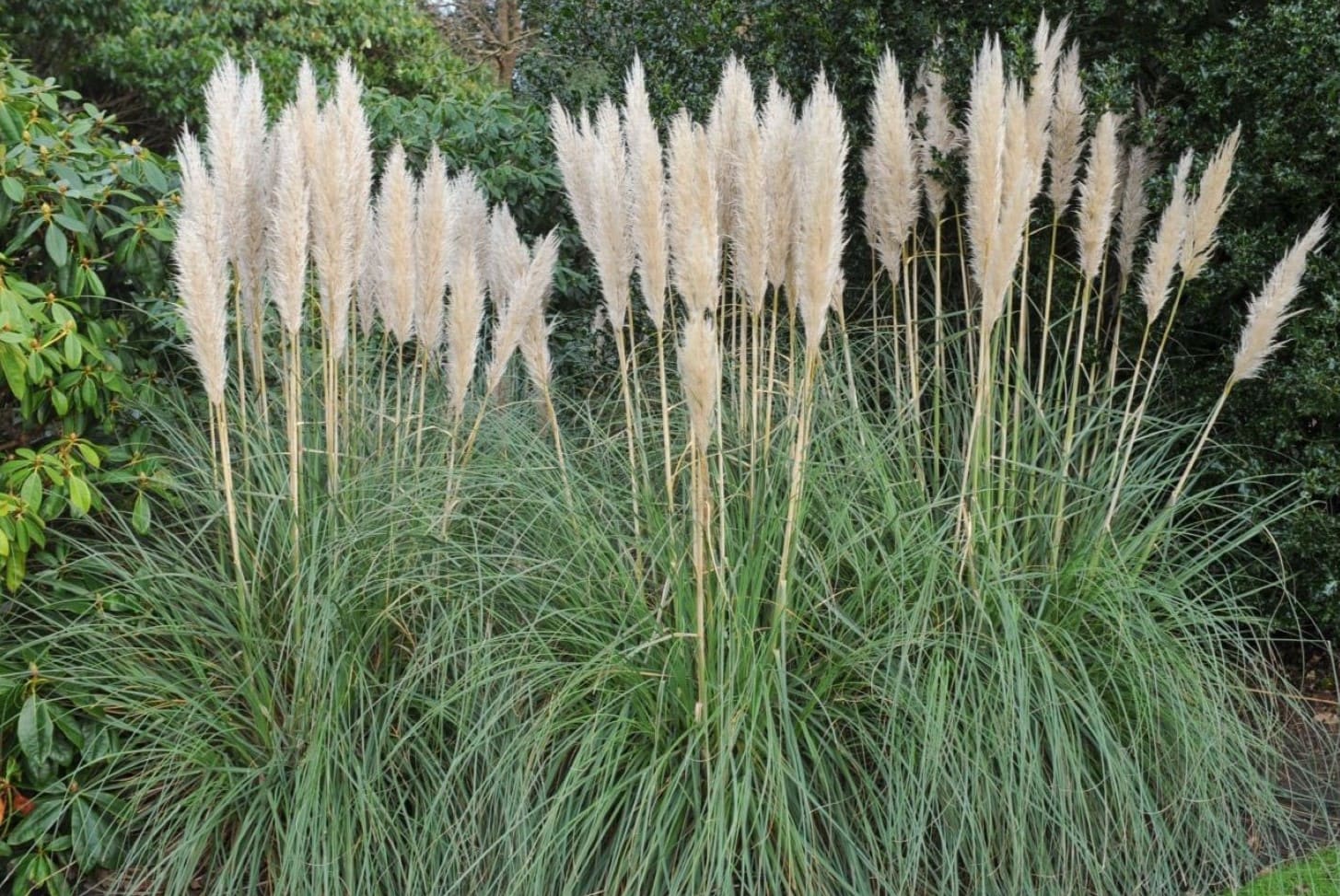
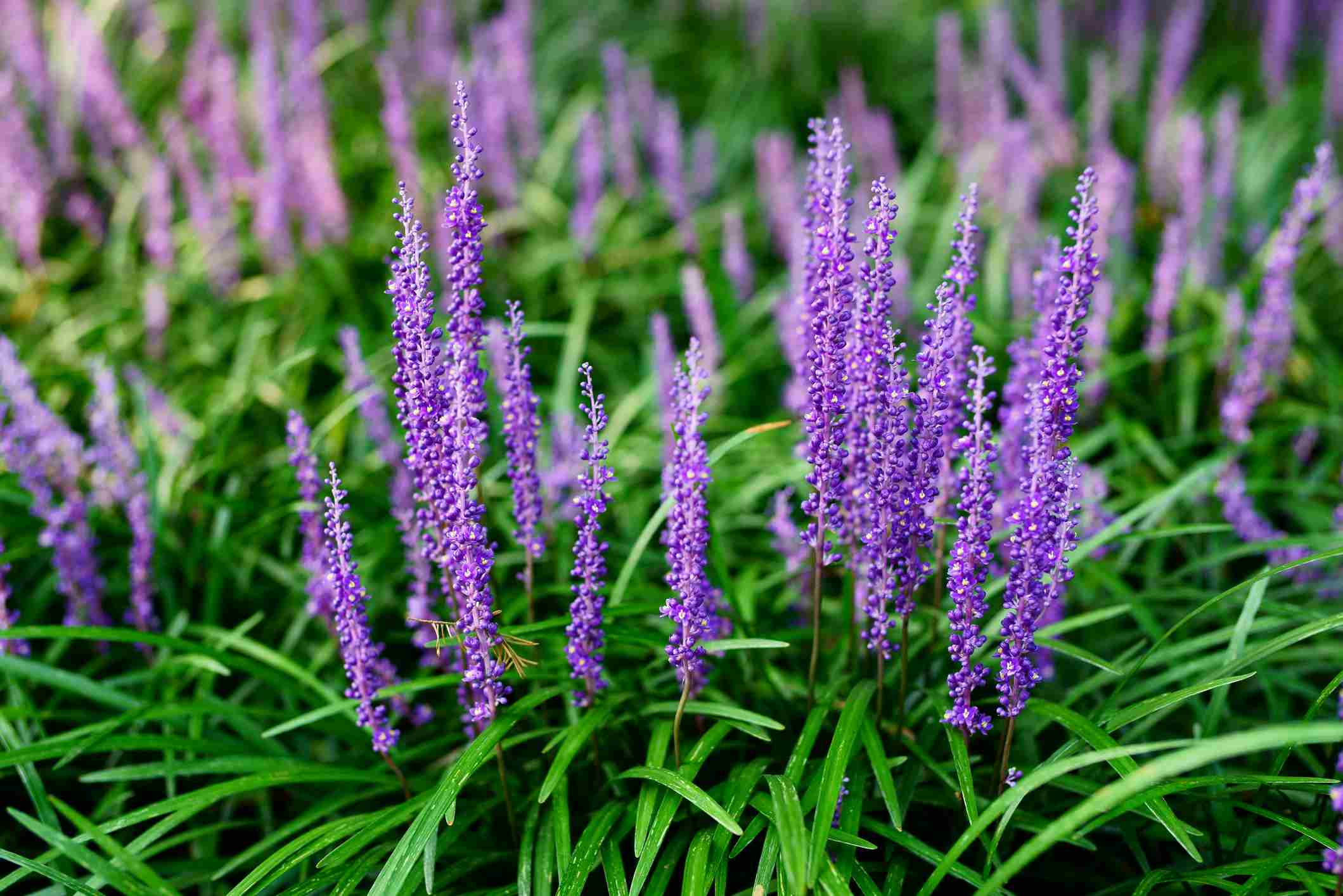
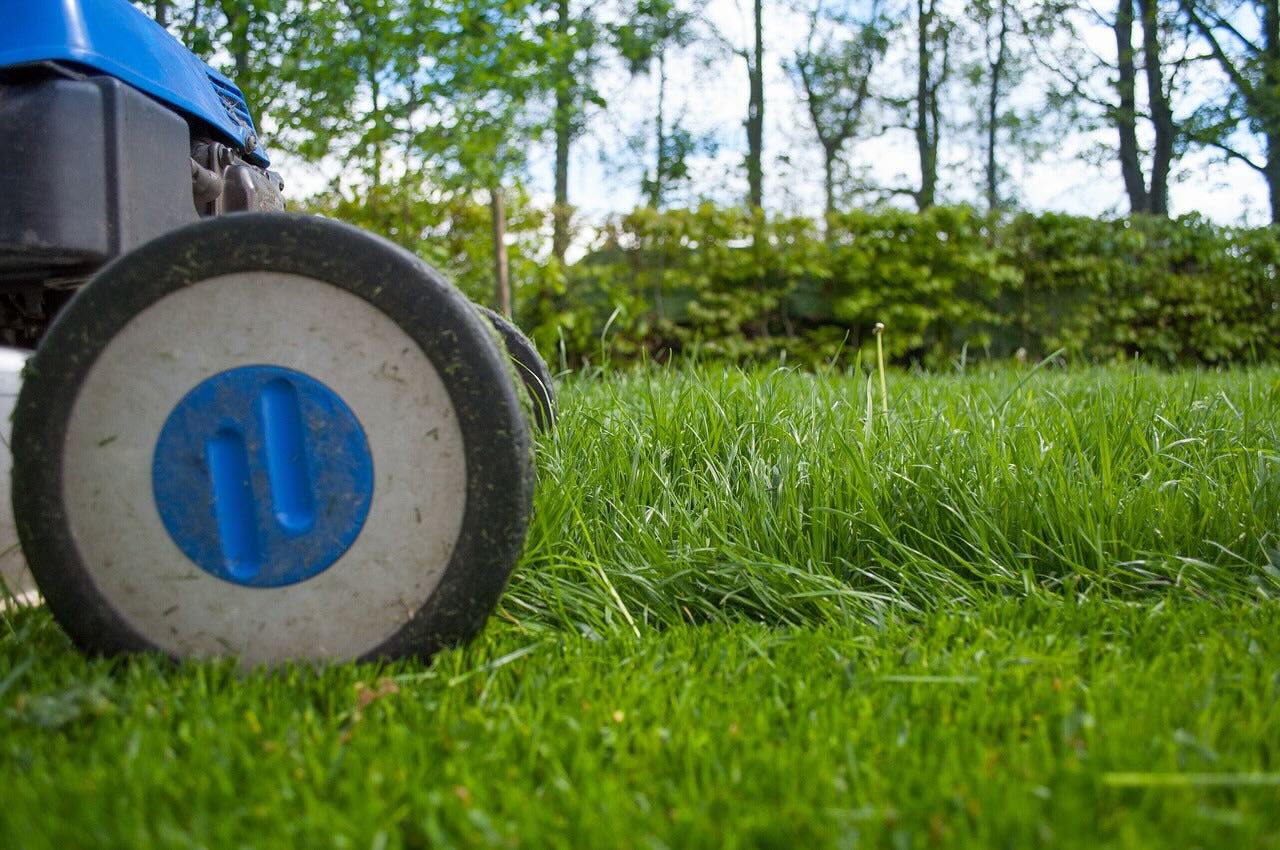
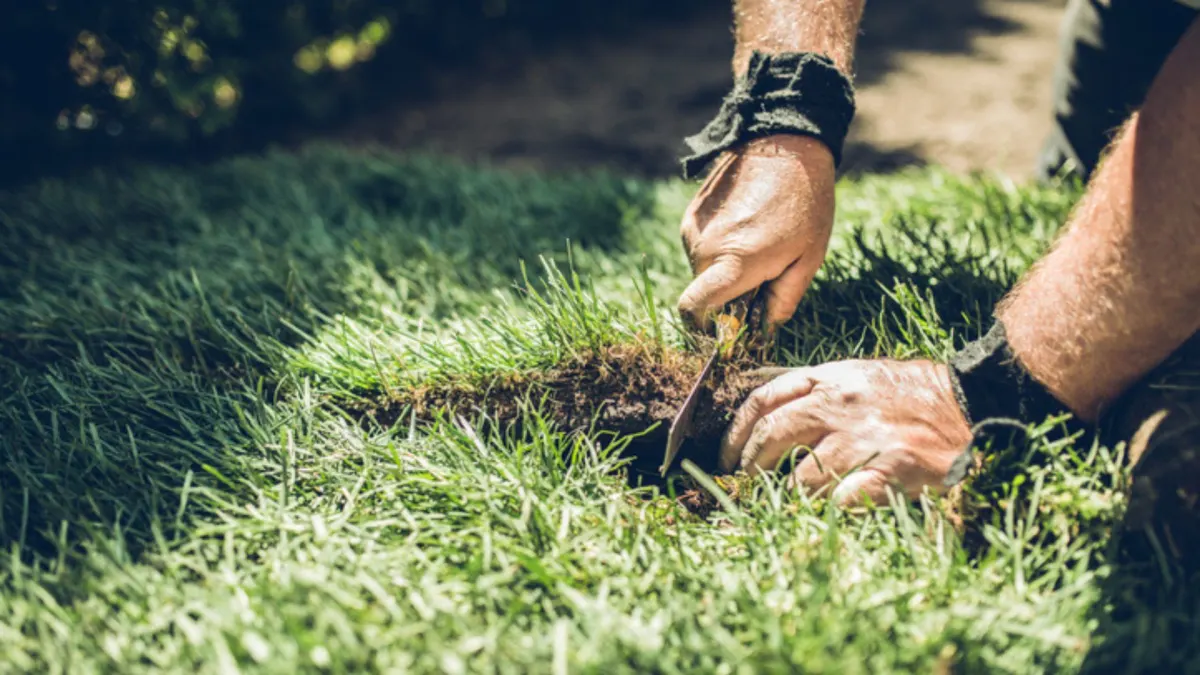
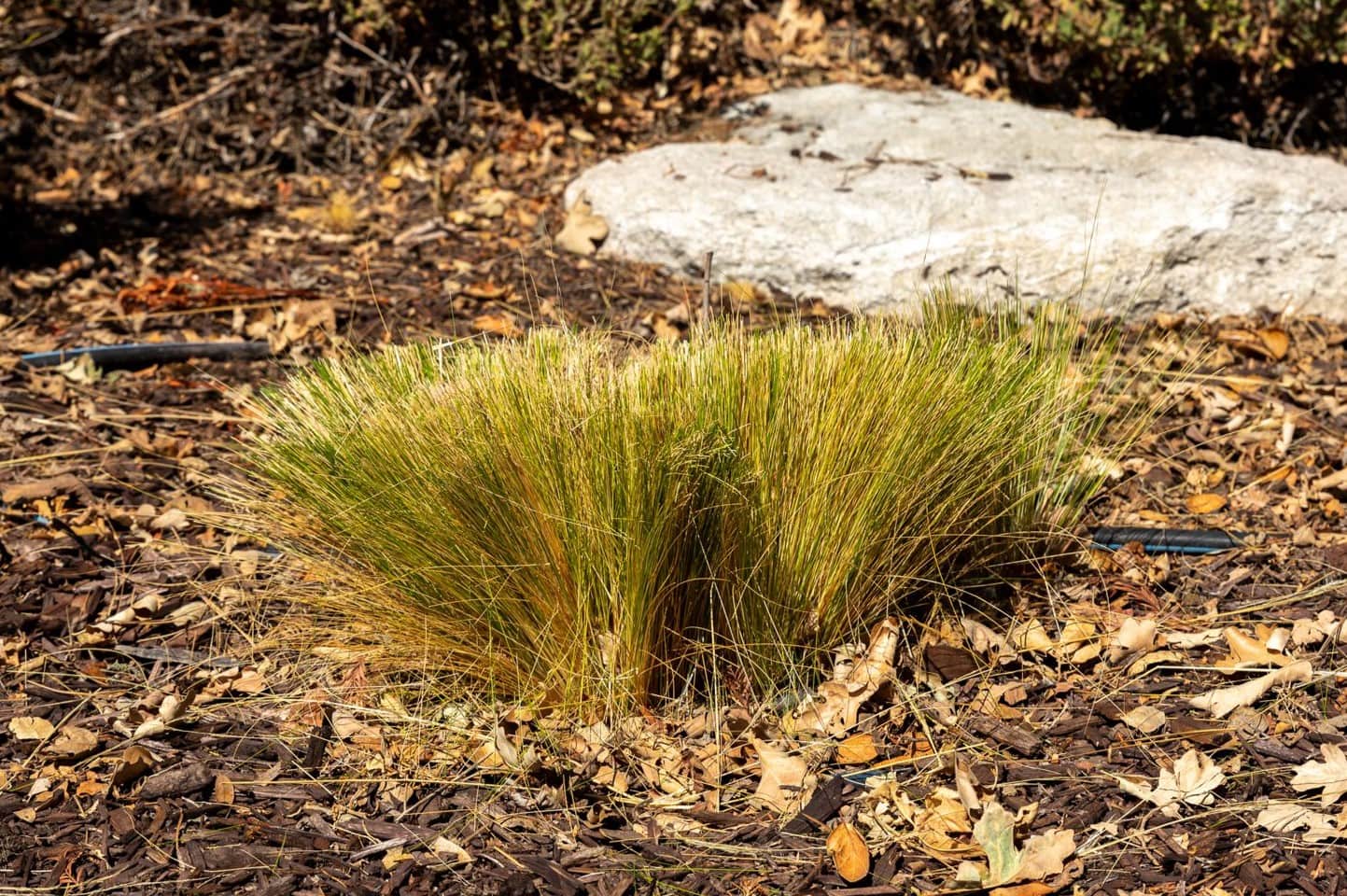
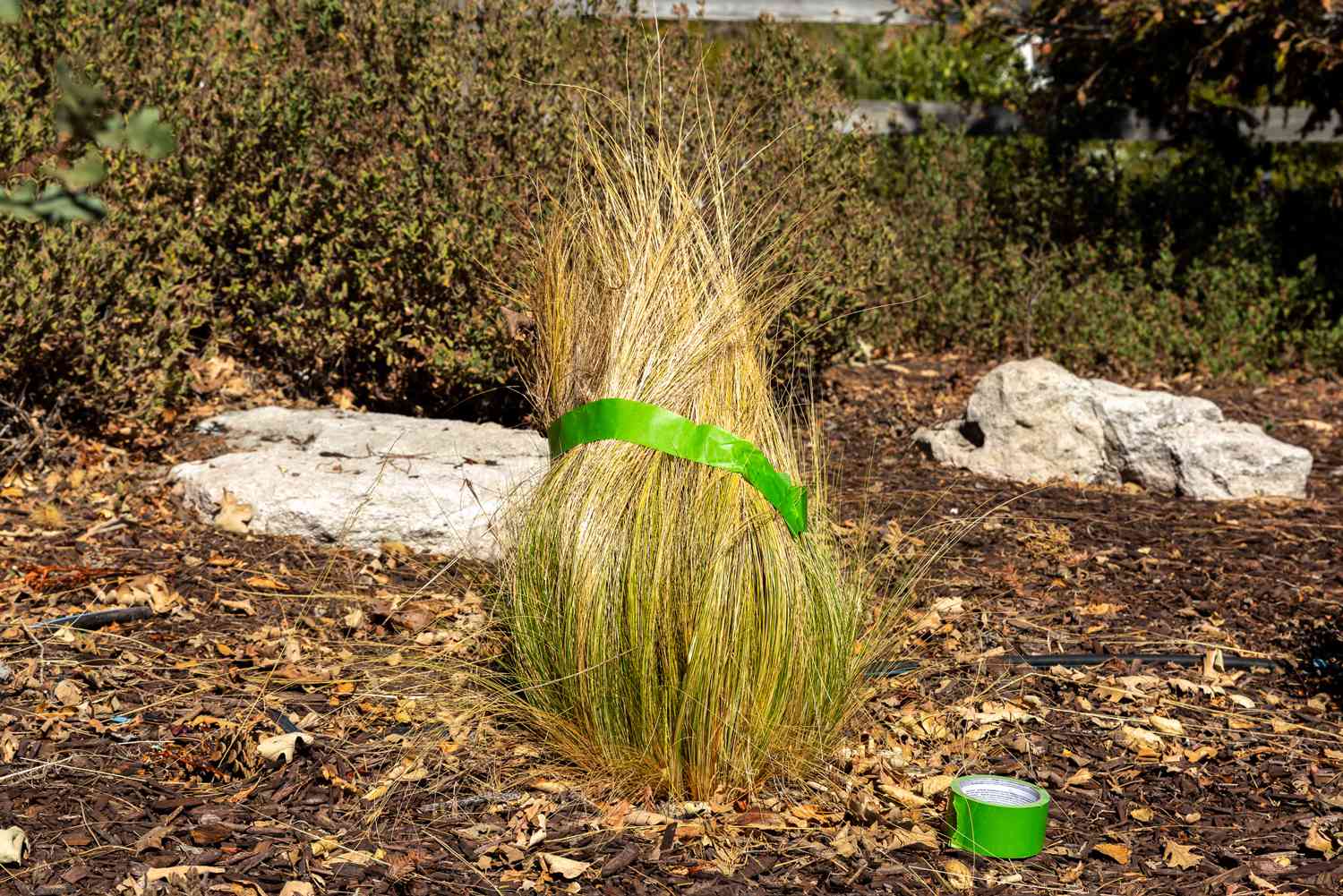
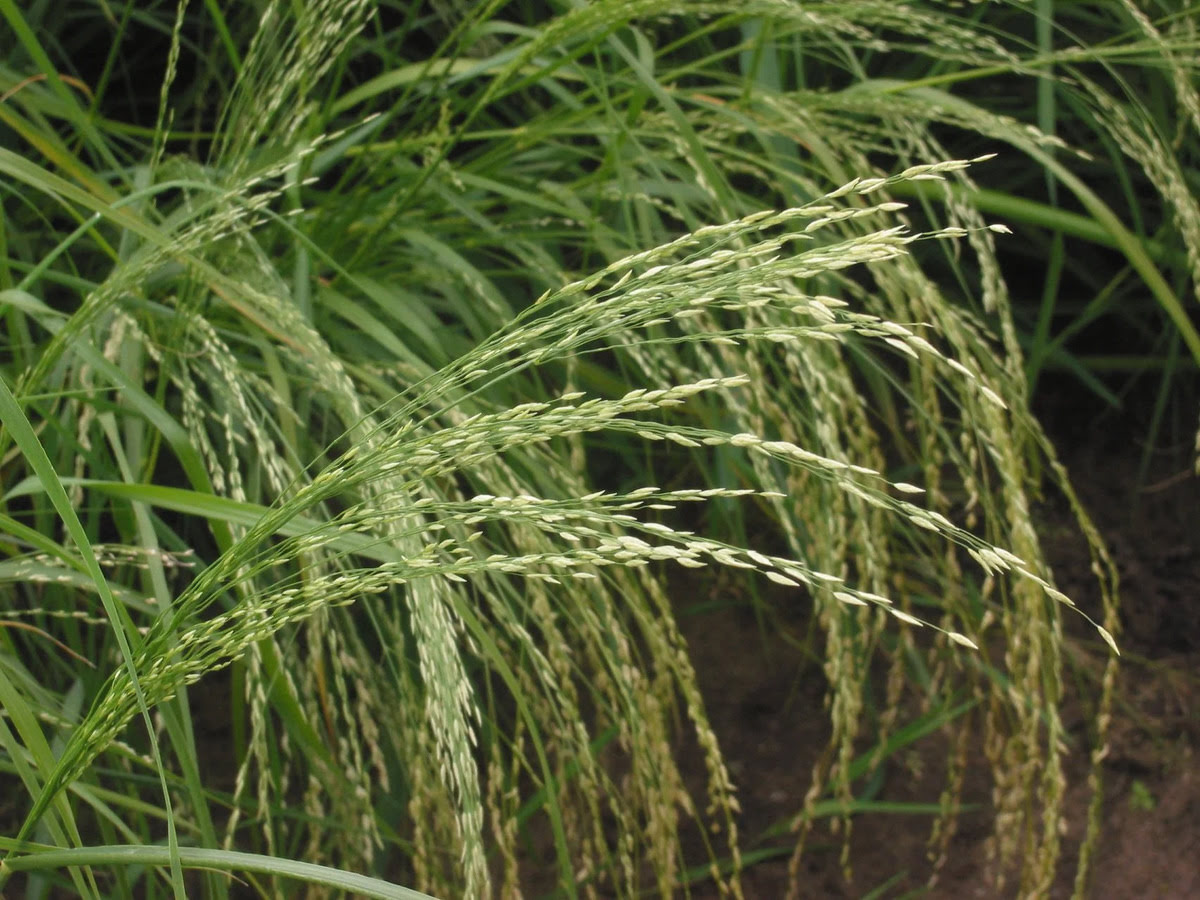
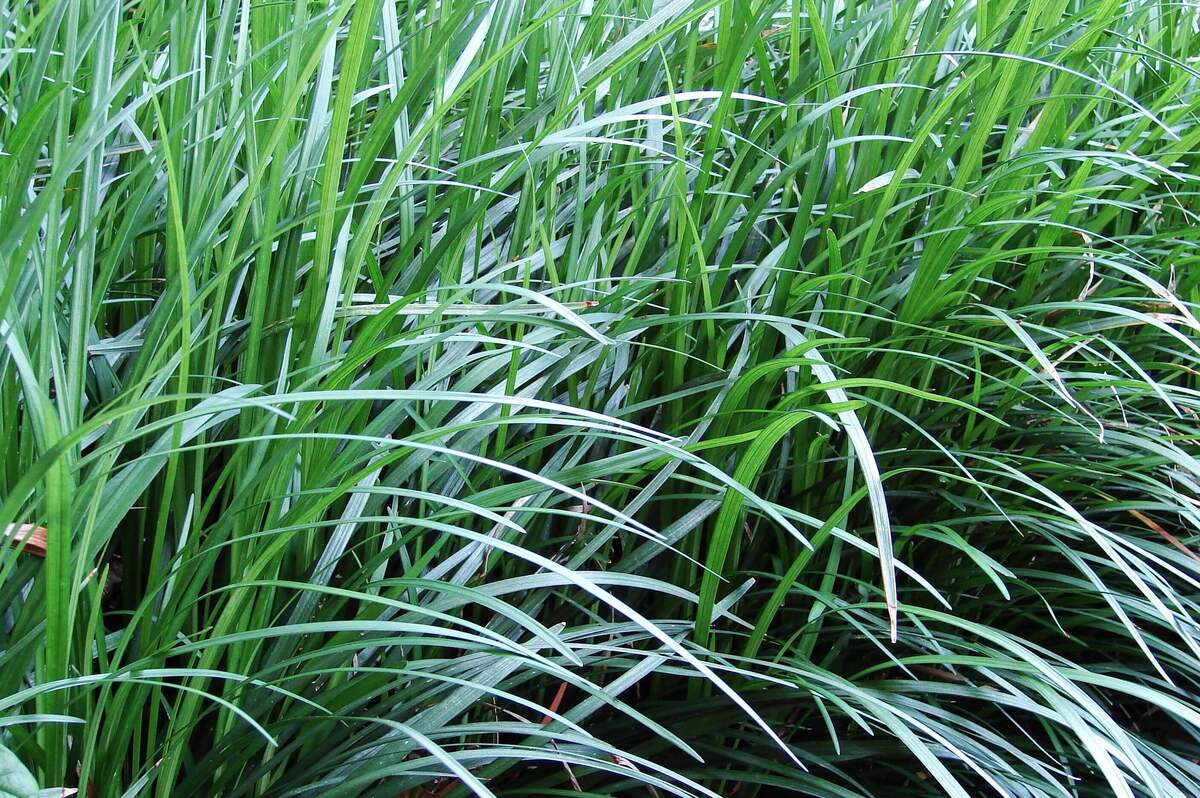
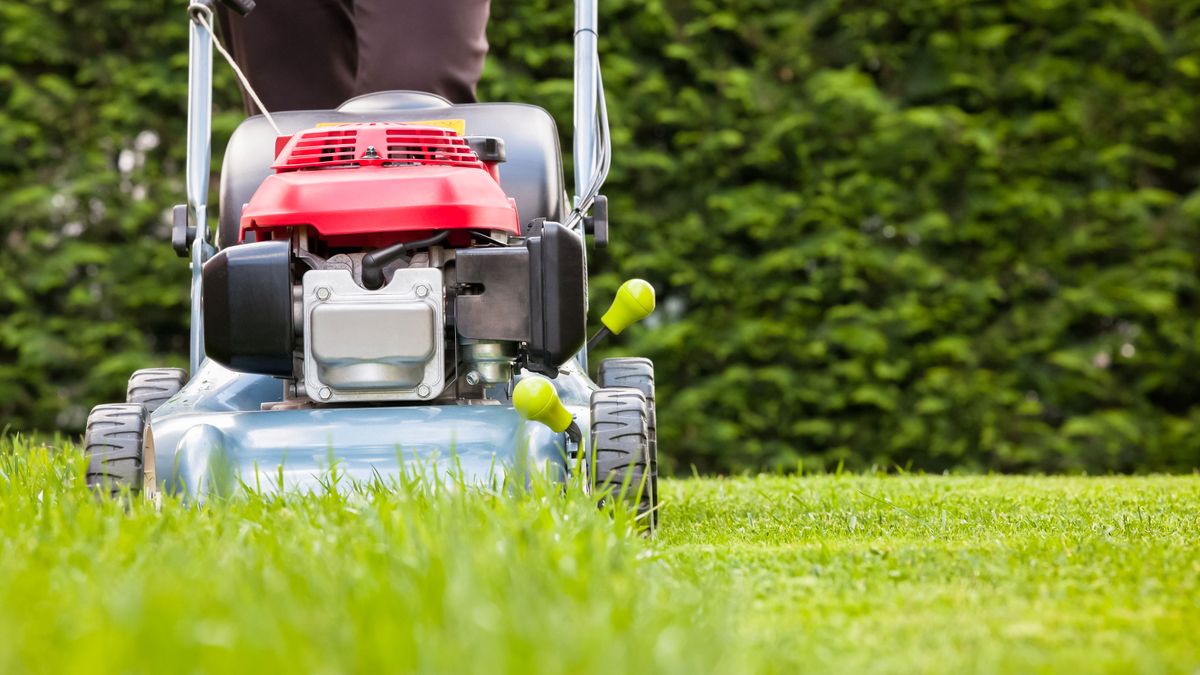
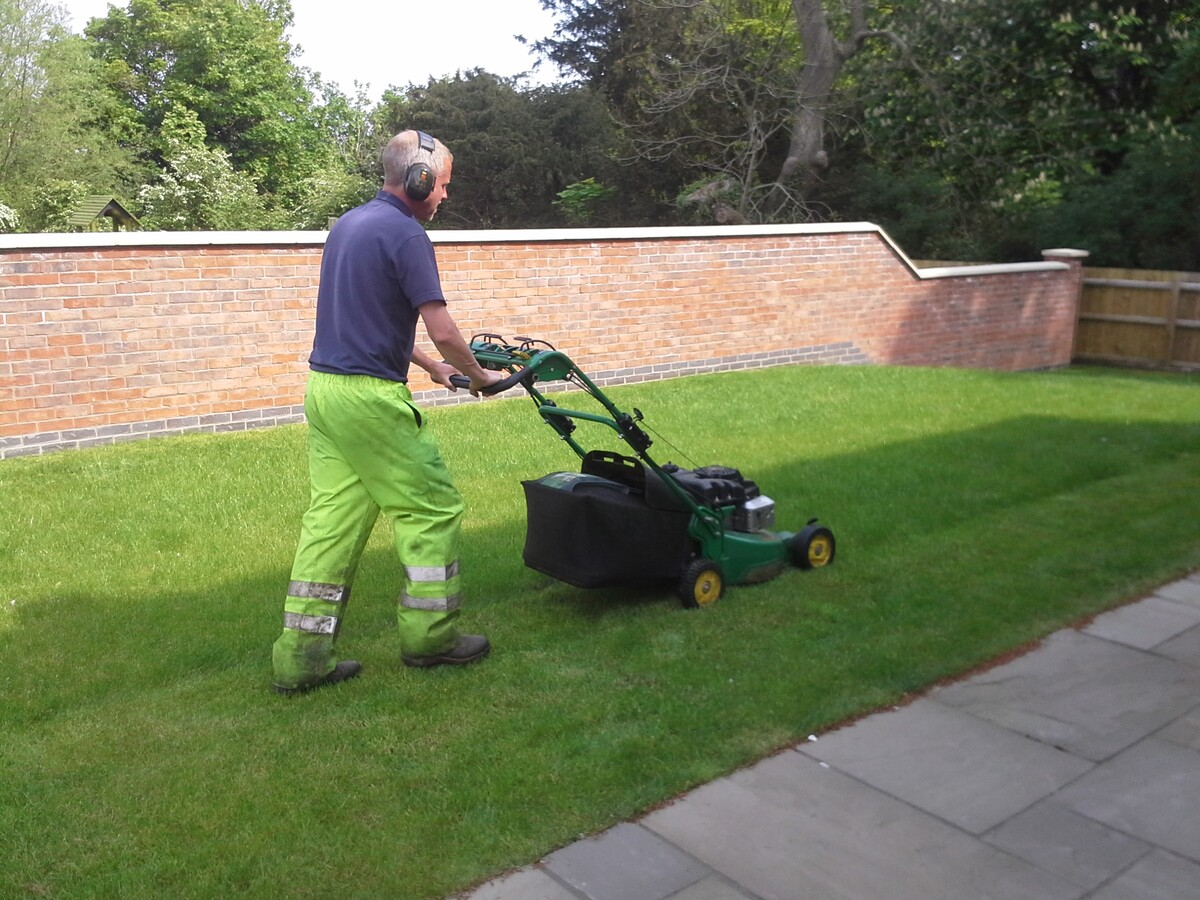
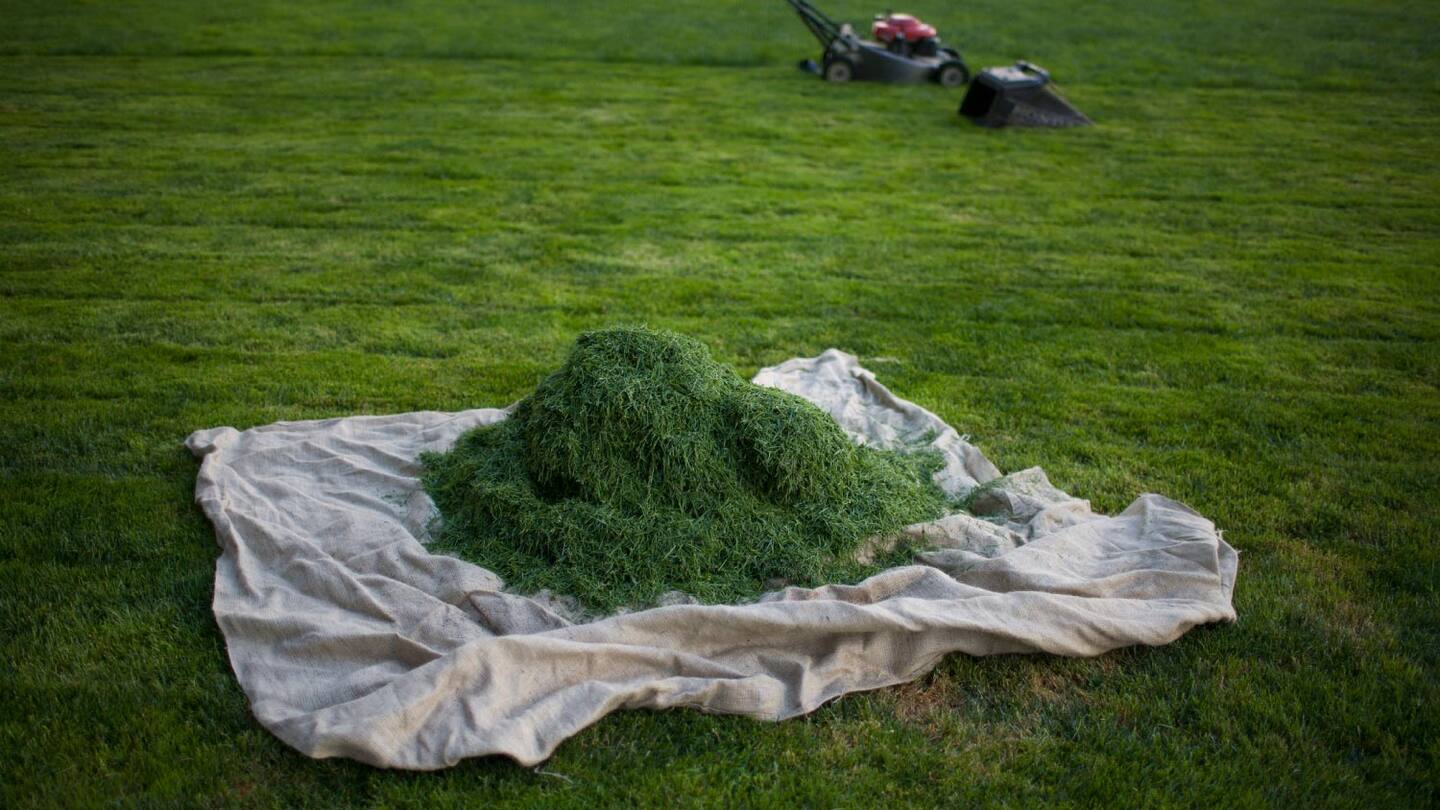

0 thoughts on “When To Cut Your Grass”